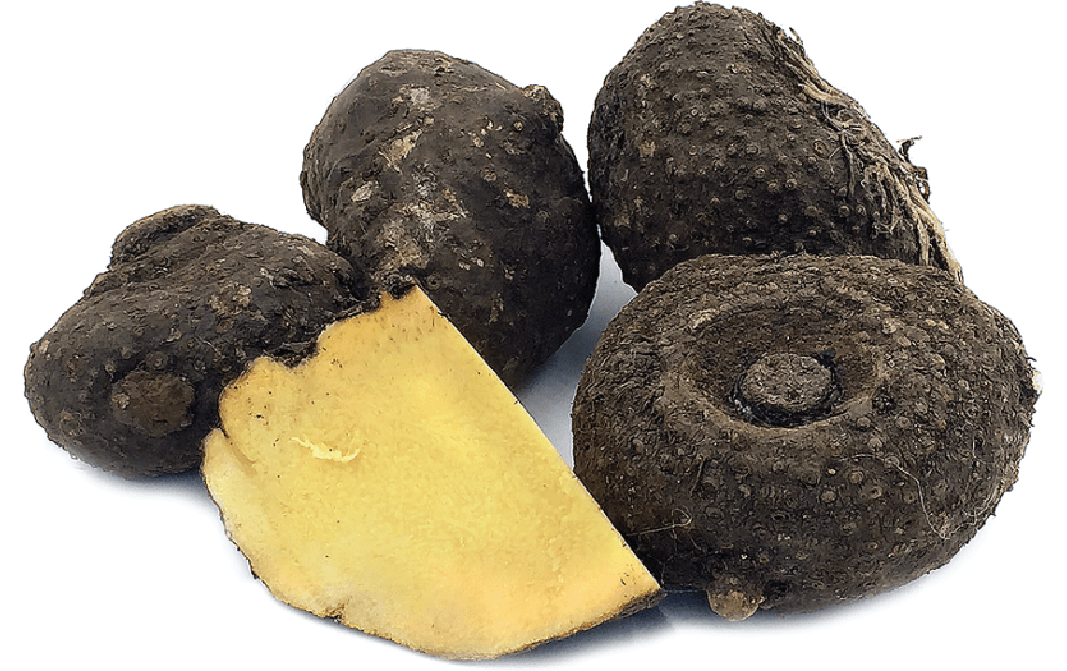


Look for firm Elephant Foot Yam, heavy for its size with no bruises, soft spots or cracks on the skin. Avoid Elephant Foot Yam stored in the refrigerated section as cold temperature may affect its taste.
Consumption of elephant foot yam can cause itching sensation in their mouth and throat as the vegetable is quite itchy in nature.(2)
(1,2) https://www.lybrate.com/topic/elephant-foot-yam-jimikand-benefits-and-side-effects
- Disclaimer
"Information here is provided for discussion and educational purposes only. It is not intended as medical advice or product or ingredient review/rating. The information may not apply to you and before you use or take any action, you should contact the manufacturer, seller, medical, dietary, fitness or other professional. If you utilize any information provided here, you do so at your own risk and you waive any right against Culinary Communications Private Limited, its affiliates, officers, directors, employees or representatives.”
Description
Elephant Foot Yam is a tropical tuber crop that belongs to the family Araceca in the genus Amorphophallus. It is a single-stalked, flowering plant with an edible bulb or corm. The bulb is almost 30 cms wide and 20 cms tall. It can be tapered, oblong or round in shape with dark-brown to black colored, thick, bark-like skin. Its inside reveals starchy, potato-like, beige colored flesh. It is primarily grown in Southeast Asia, Africa, South Asia, and the tropical Pacific islands. It is considered as one of the most profitable tuber crops cultivated in India because of its shade tolerance, high productivity, steady demand and easiness in cultivation. It has two varieties in India namely, Sree Padma and Gagendra. The tubers along with their tender stems and leaves are used as a vegetable. It is available year around with a peak season in the late fall. It is a nutritionally dense vegetable that can be eaten baked, fried, boiled or pickled.